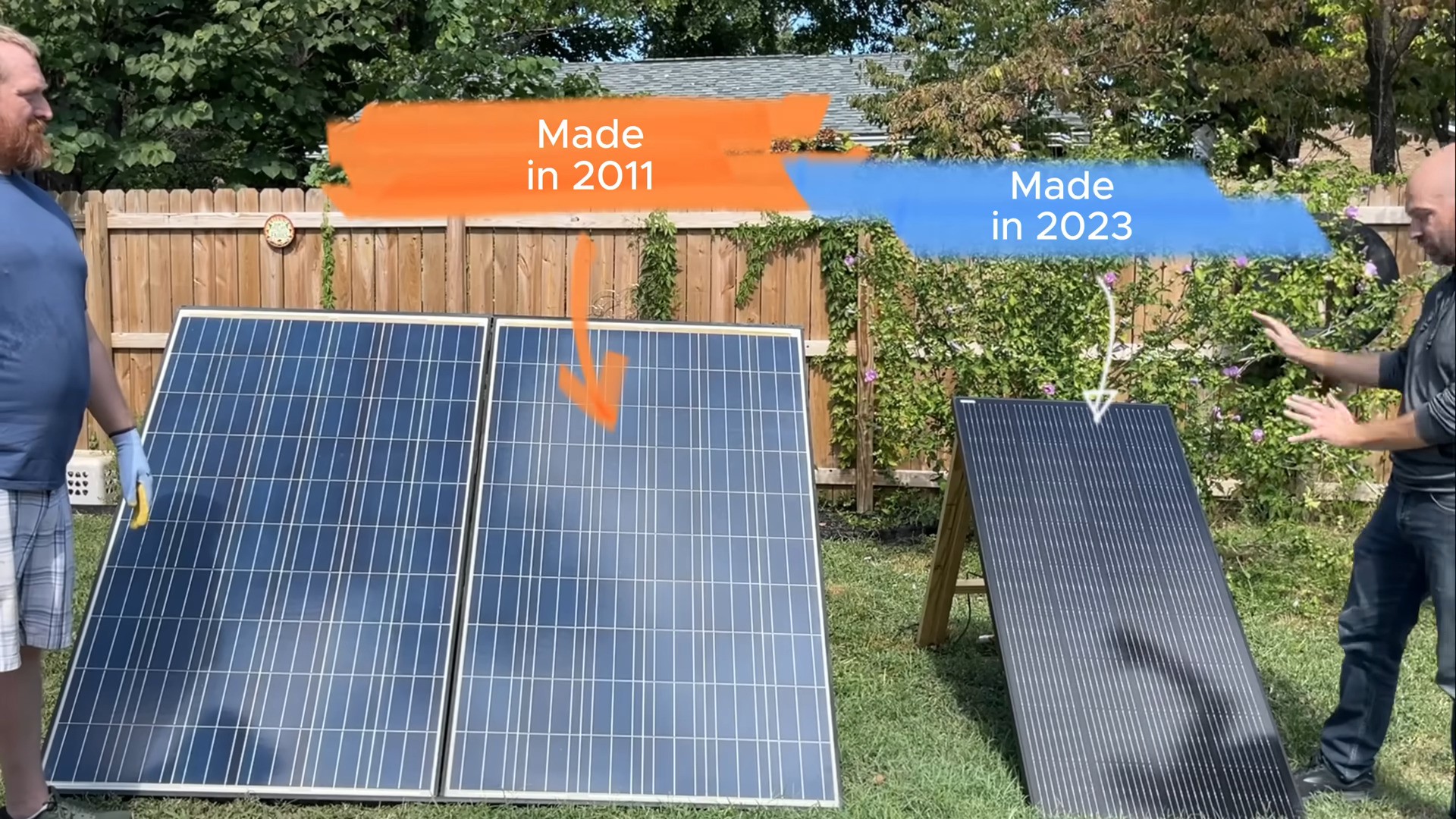In an intriguing case of renewable energy resilience, a set of 14-year-old solar panels has shown remarkable durability and efficiency after being repurposed for use. A project initiated by Backyard Solar Project involved the assessment of six polycrystalline panels, originally rated at 235 W when new, which were acquired for a nominal fee. The panels, often deemed obsolete, have proven to be more effective than expected, raising questions about the longevity of solar technology.
Performance Analysis Reveals Surprising Results
The panels were cleaned and tested, revealing an average output of 180 W, representing a capacity factor of 77%. Before the cleaning, grime accumulated over the years had reduced their output by roughly eight watts. This performance indicates that, despite their age, the panels still operate at about 94% of their original capacity. Such results align with findings from the US National Renewable Energy Laboratory, which has documented that the average solar panel degradation rate is approximately 0.75% per year.
This data suggests that the older panels have outperformed expectations, especially since they operate in a cooler climate than many installations in the United States, which tend to be in hotter areas prone to more rapid degradation.
Weighing the Pros and Cons of Used Solar Panels
While the old panels can still generate significant power, potential users must consider their lower energy density compared to modern solar panels. For example, a contemporary panel rated at 200 W provides more power in a smaller footprint. This difference may be crucial for those with limited installation space, who might opt for newer, more efficient monocrystalline panels that have gained popularity in recent years.
Despite the performance of the older panels, budget constraints often influence decisions for many consumers. The cost-effectiveness of acquiring used panels, especially at little to no cost, can be attractive. Some users might find creative ways to utilize these panels, such as positioning them vertically for increased effectiveness at higher latitudes, even if they lack the sleek design of newer models.
In summary, the examination of these older solar panels highlights both the potential for sustainability through repurposing and the ongoing evolution of solar technology. As renewable energy continues to gain traction globally, understanding the performance of existing technologies will be vital for consumers and industry professionals alike.
